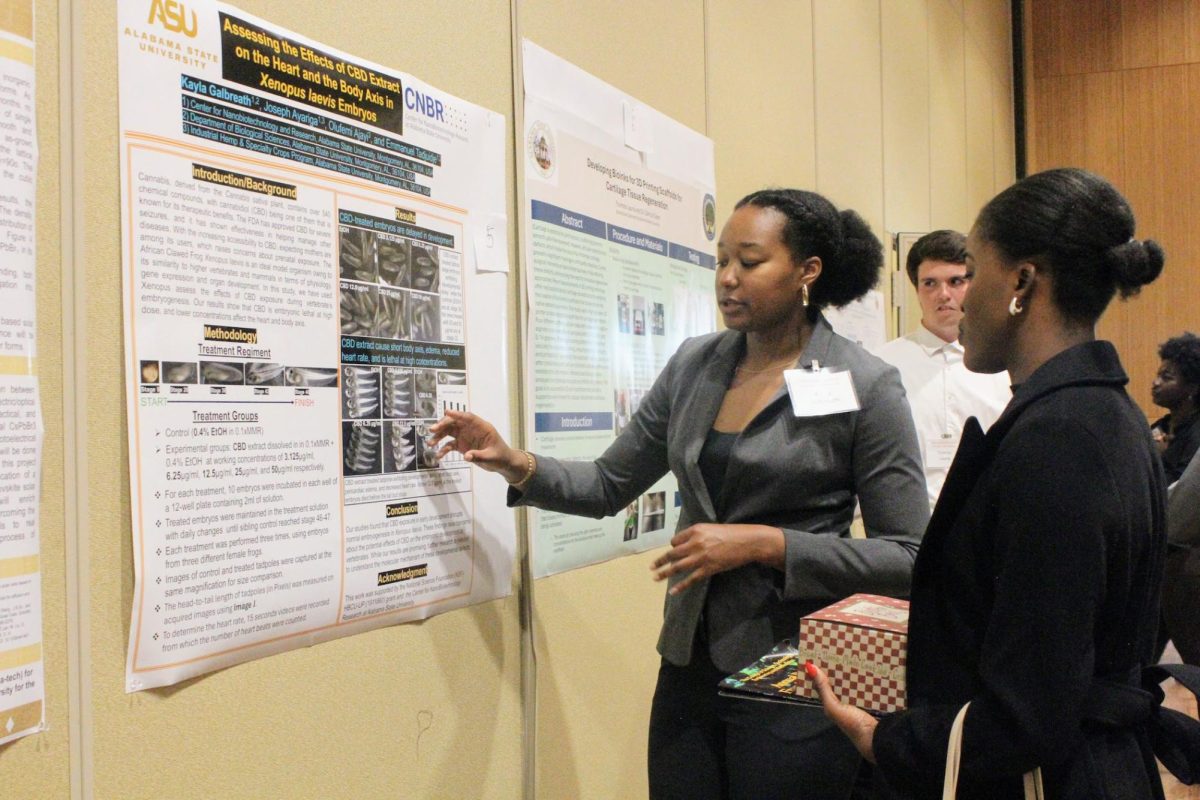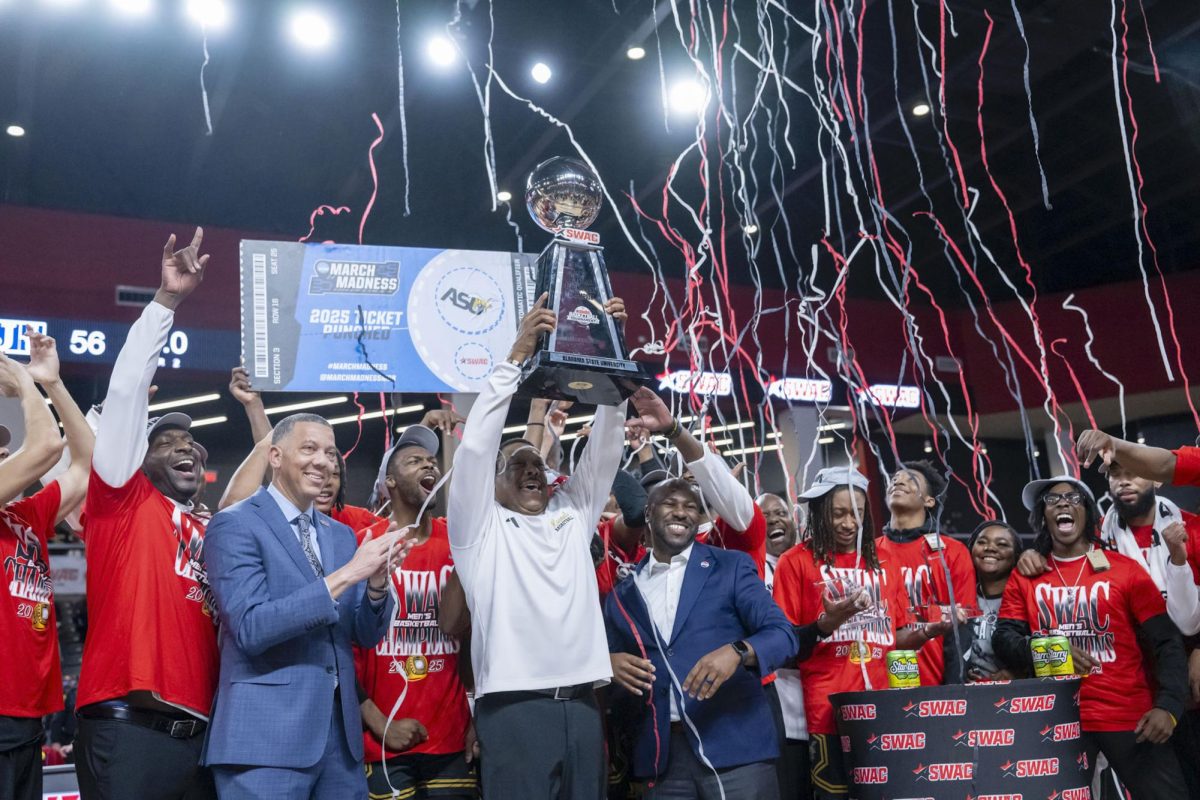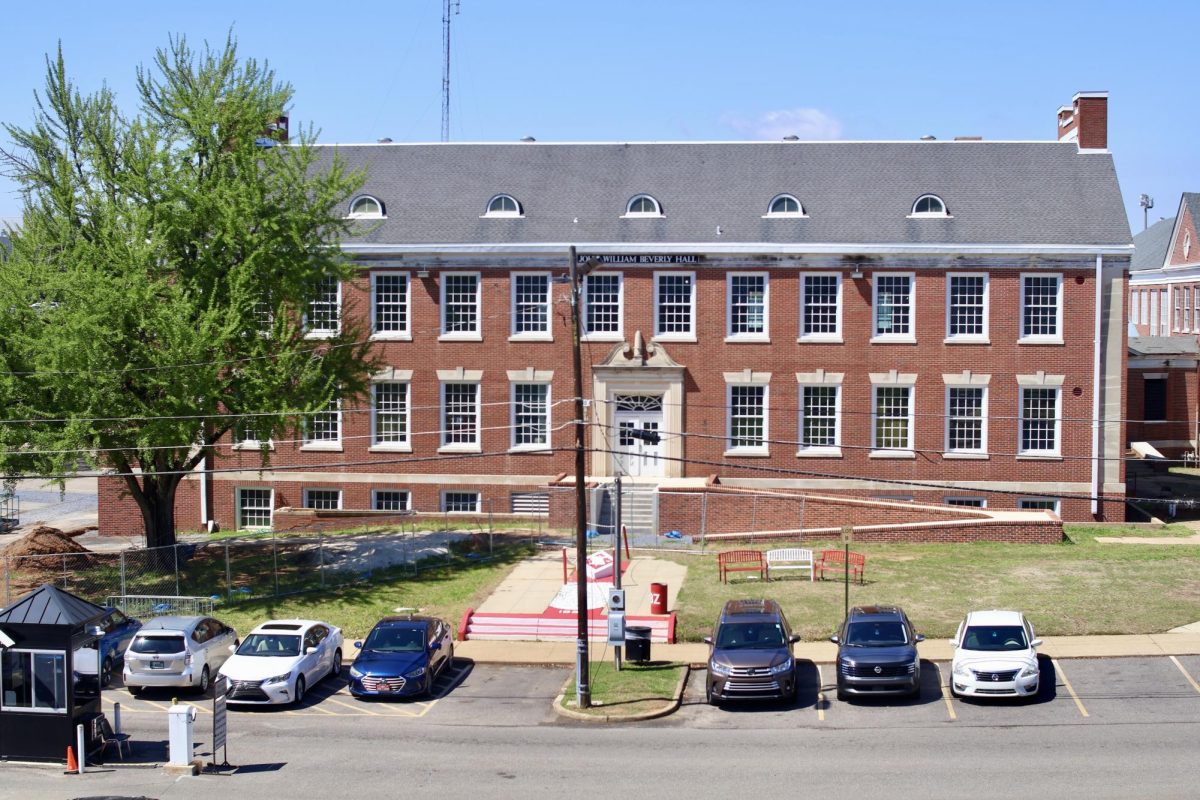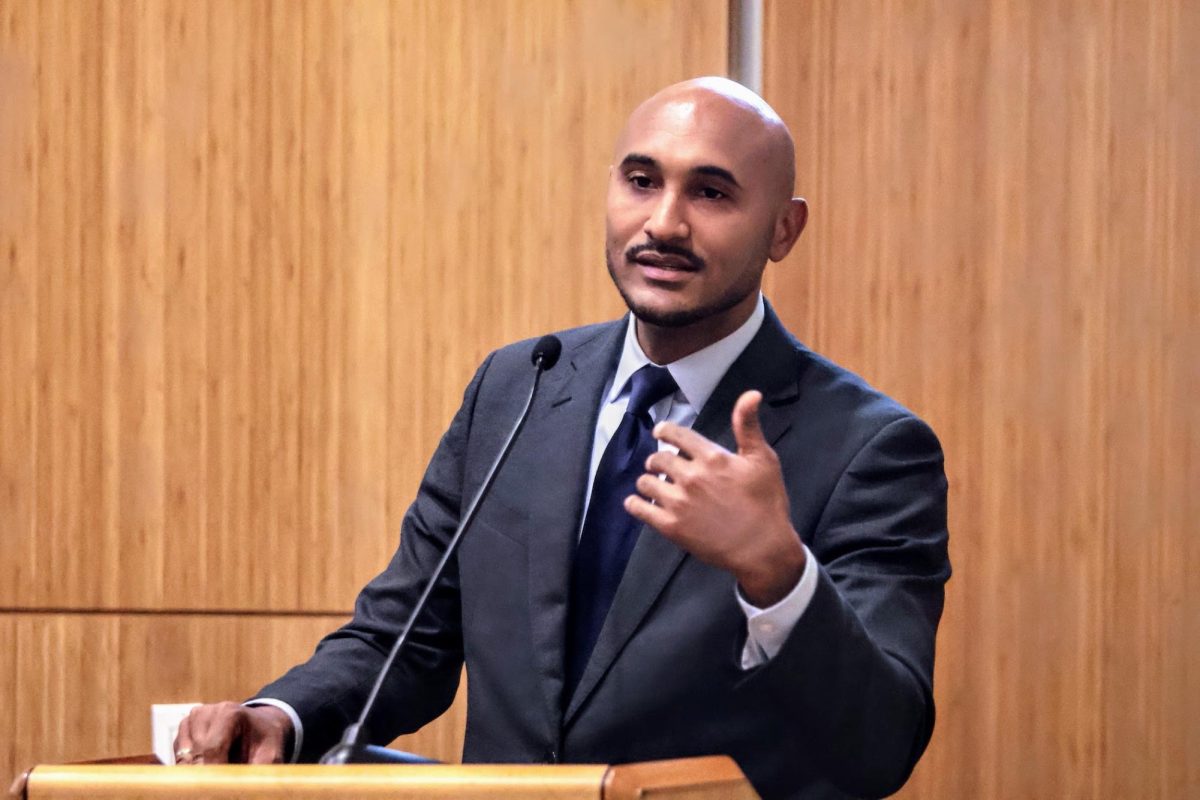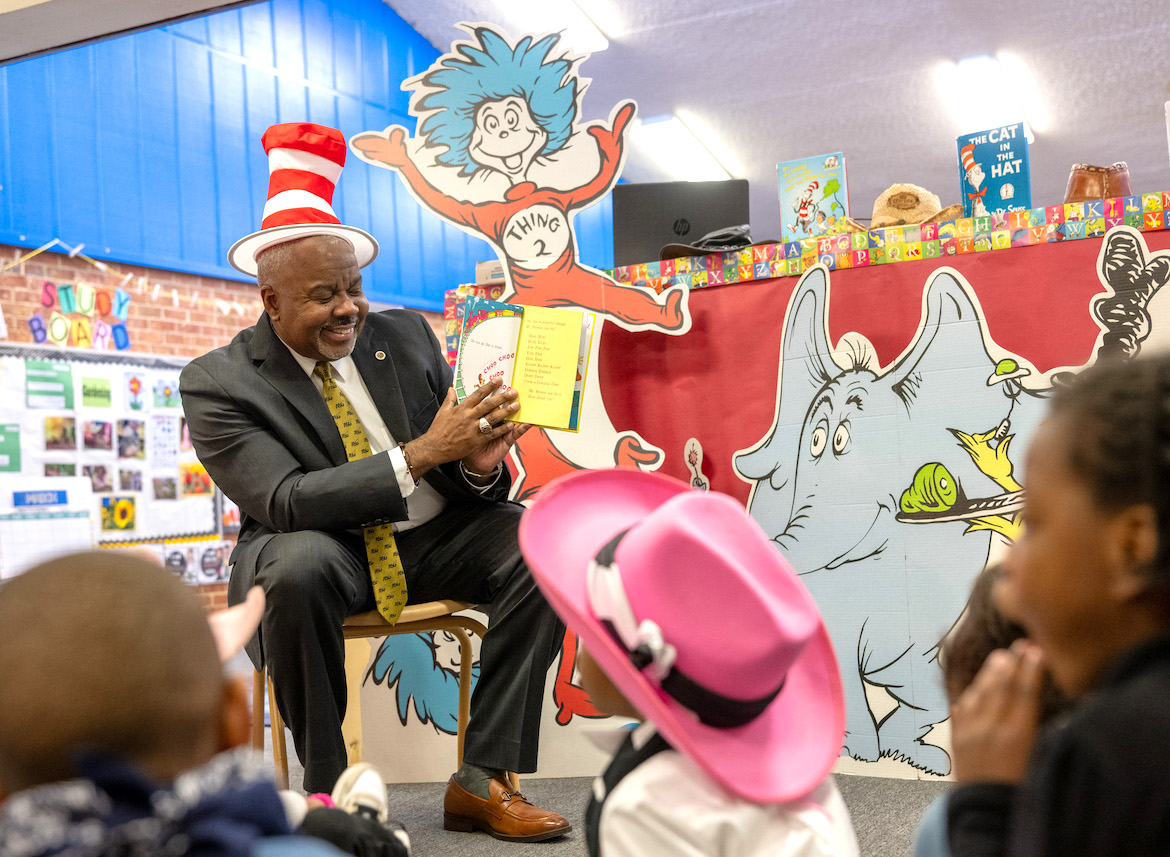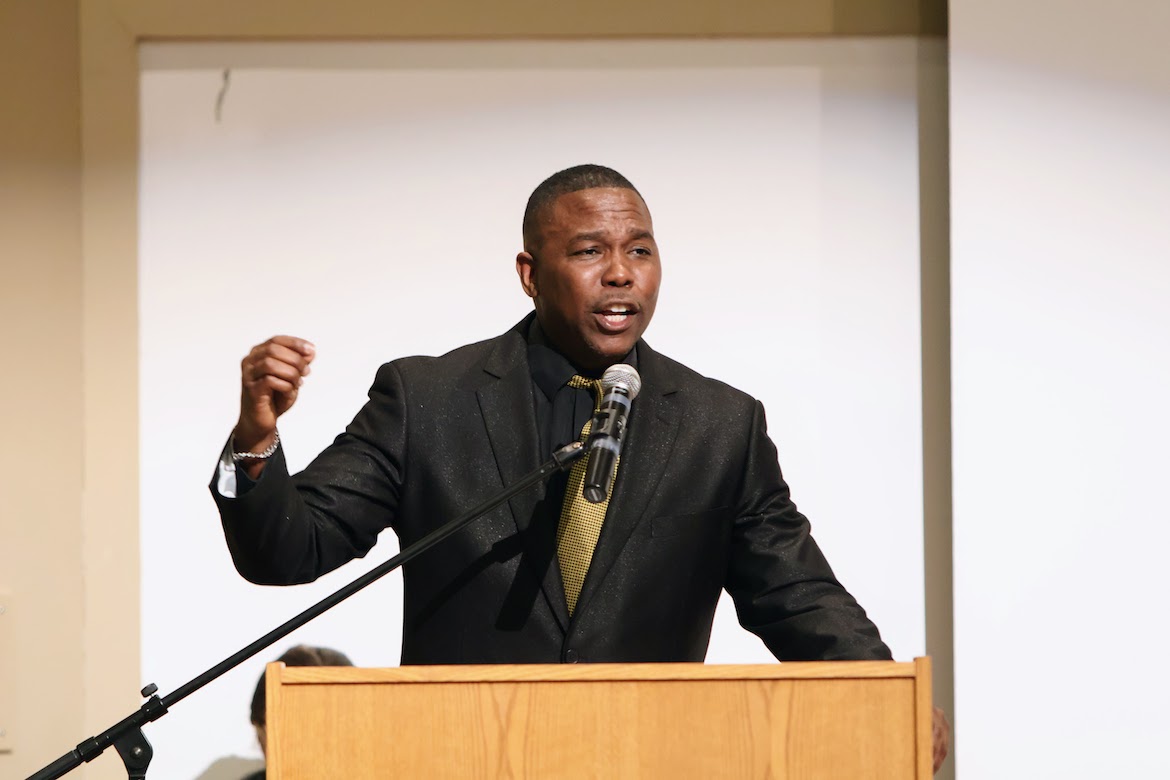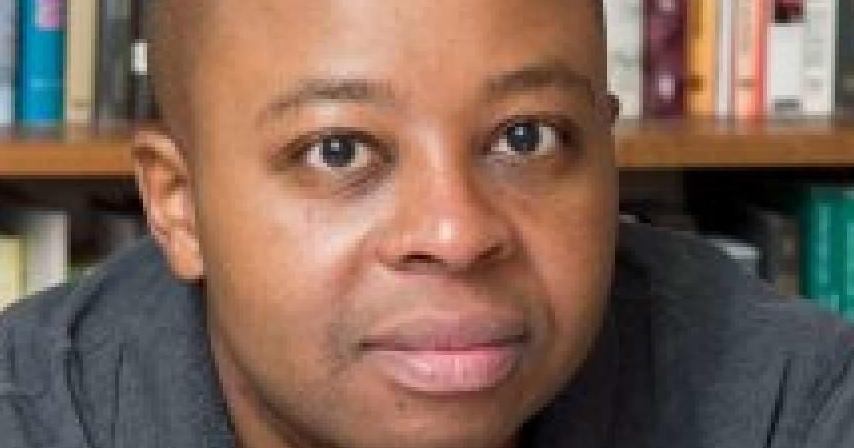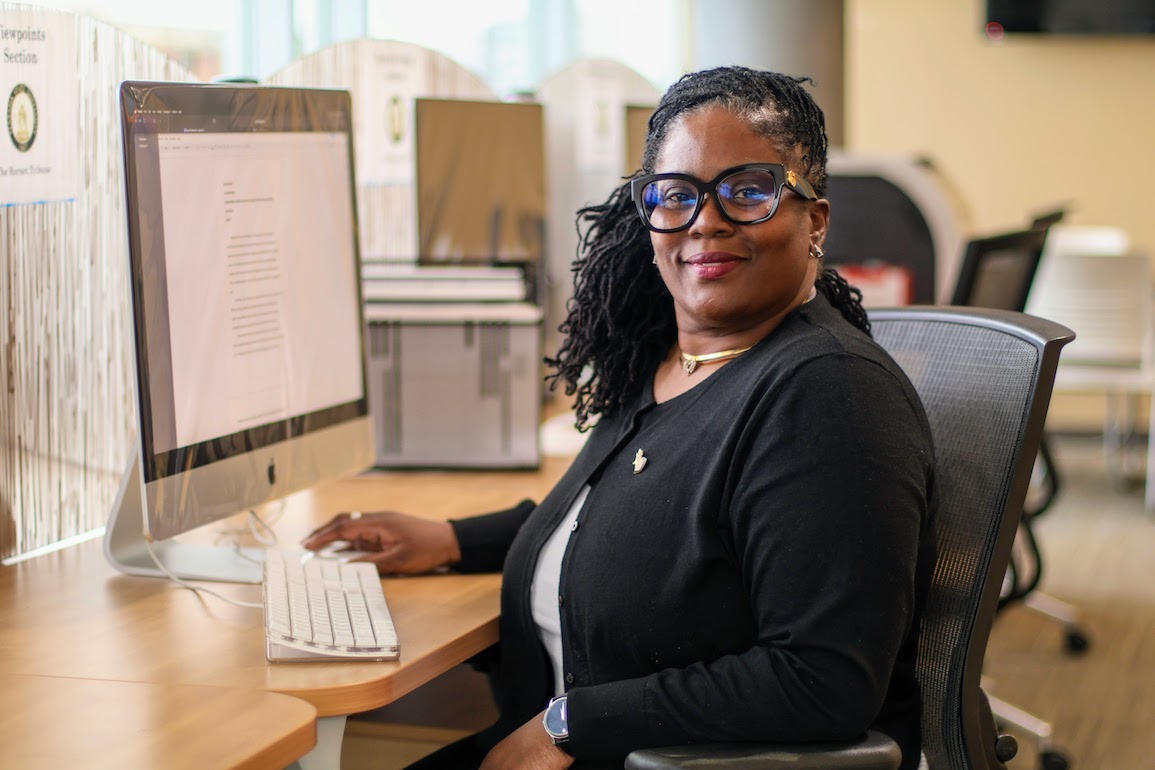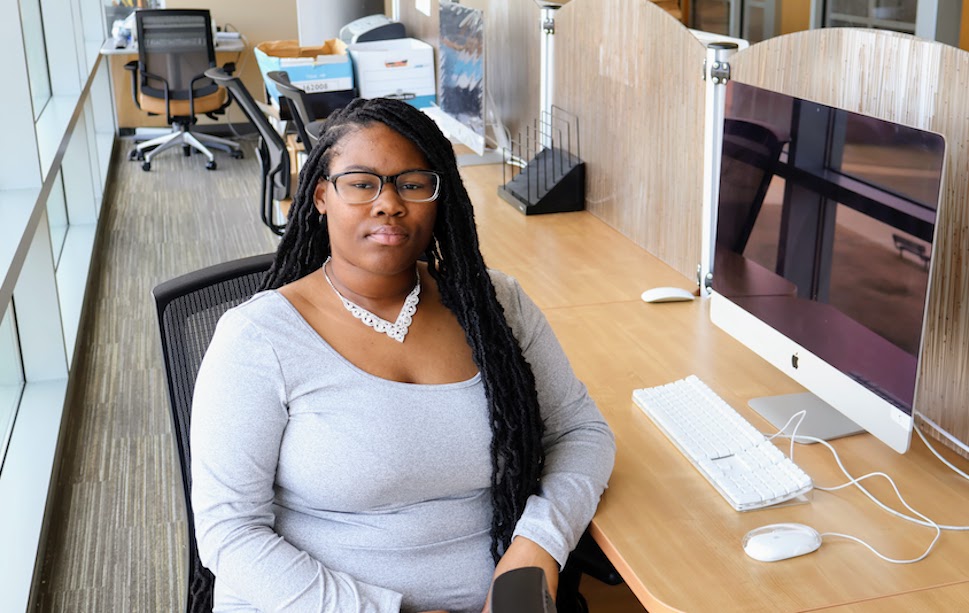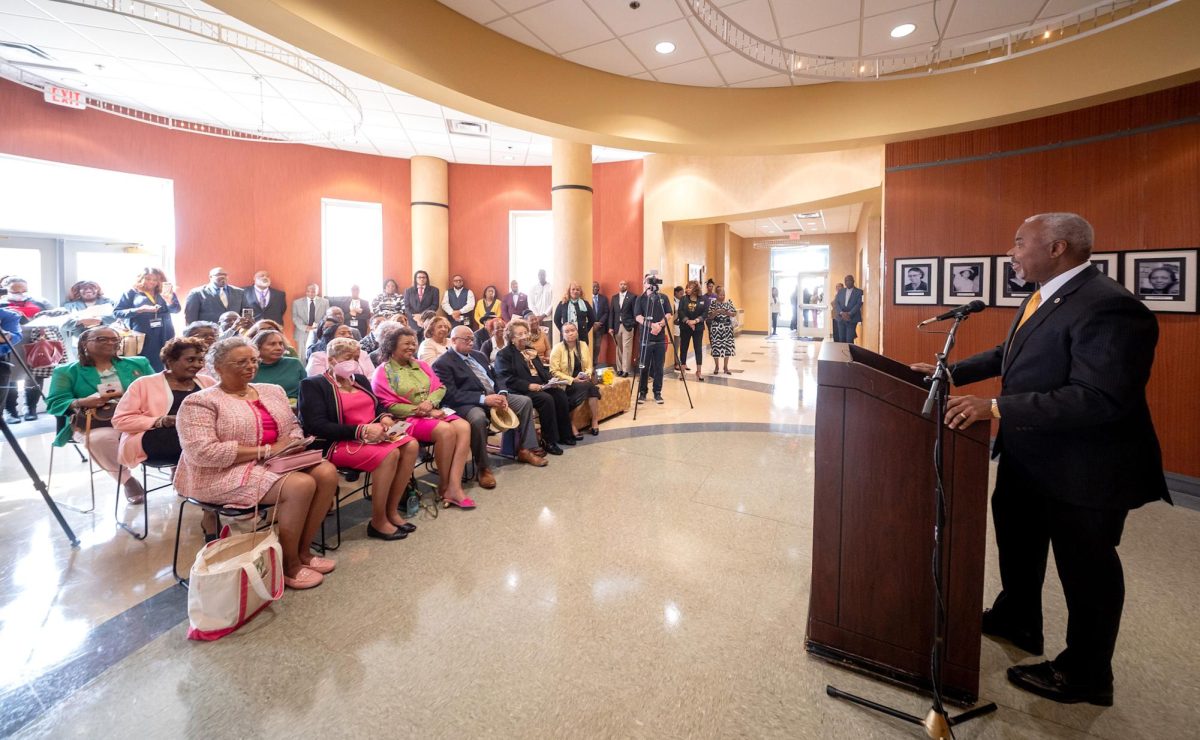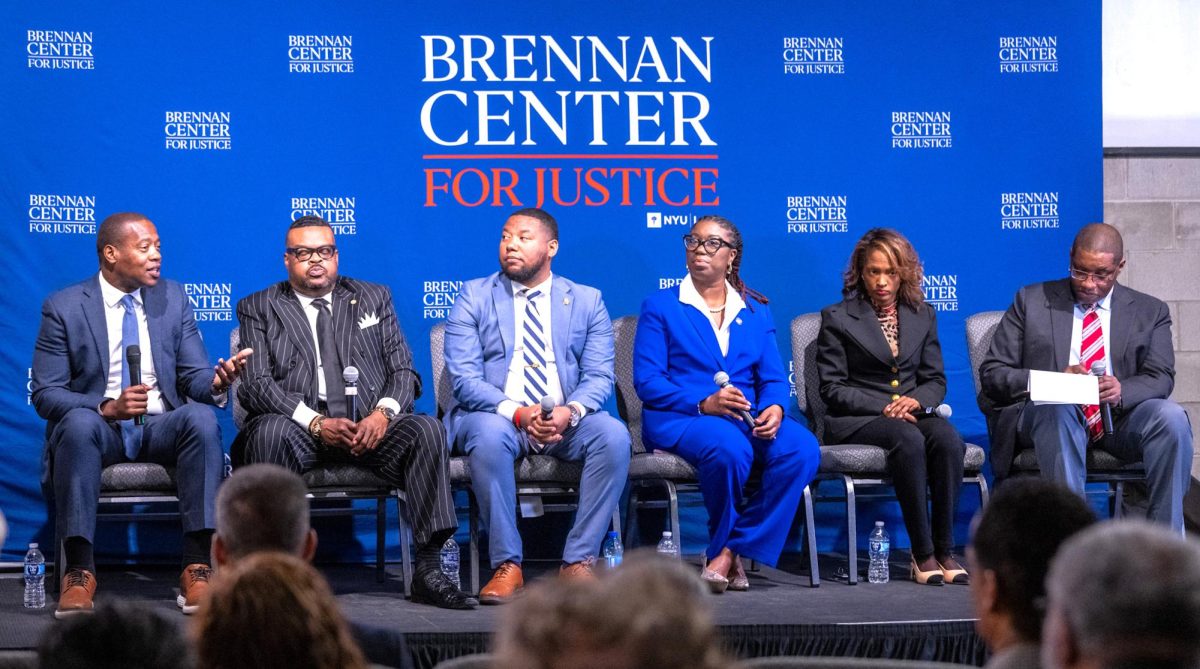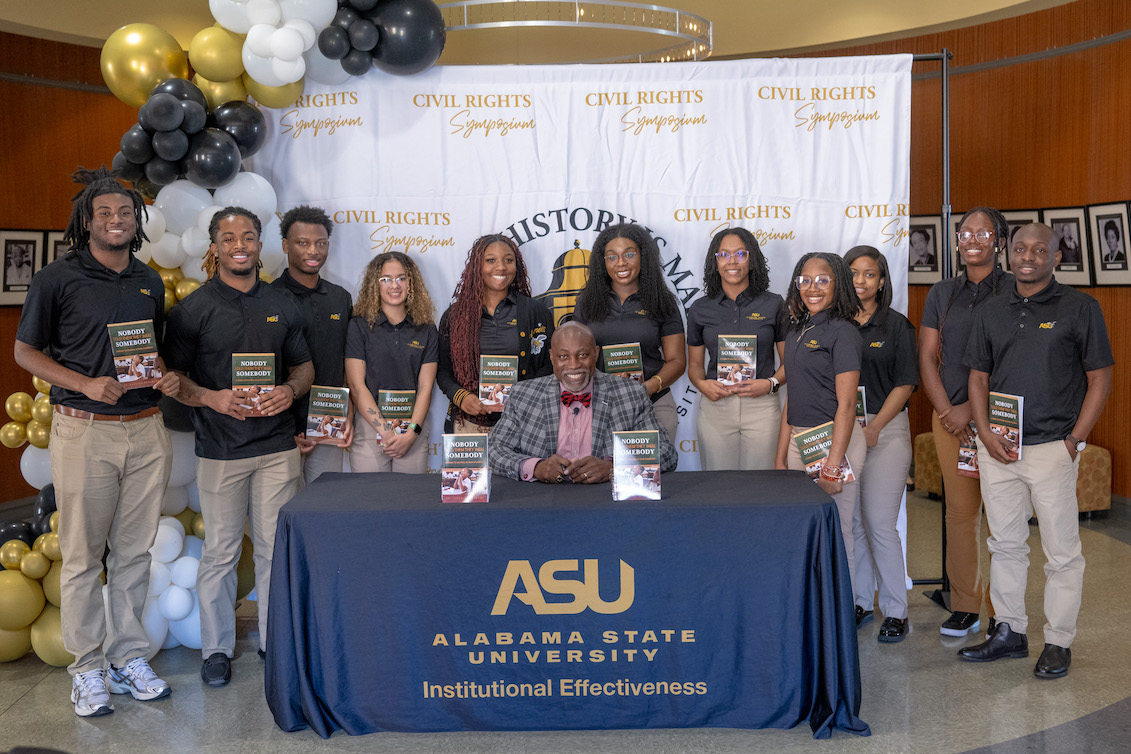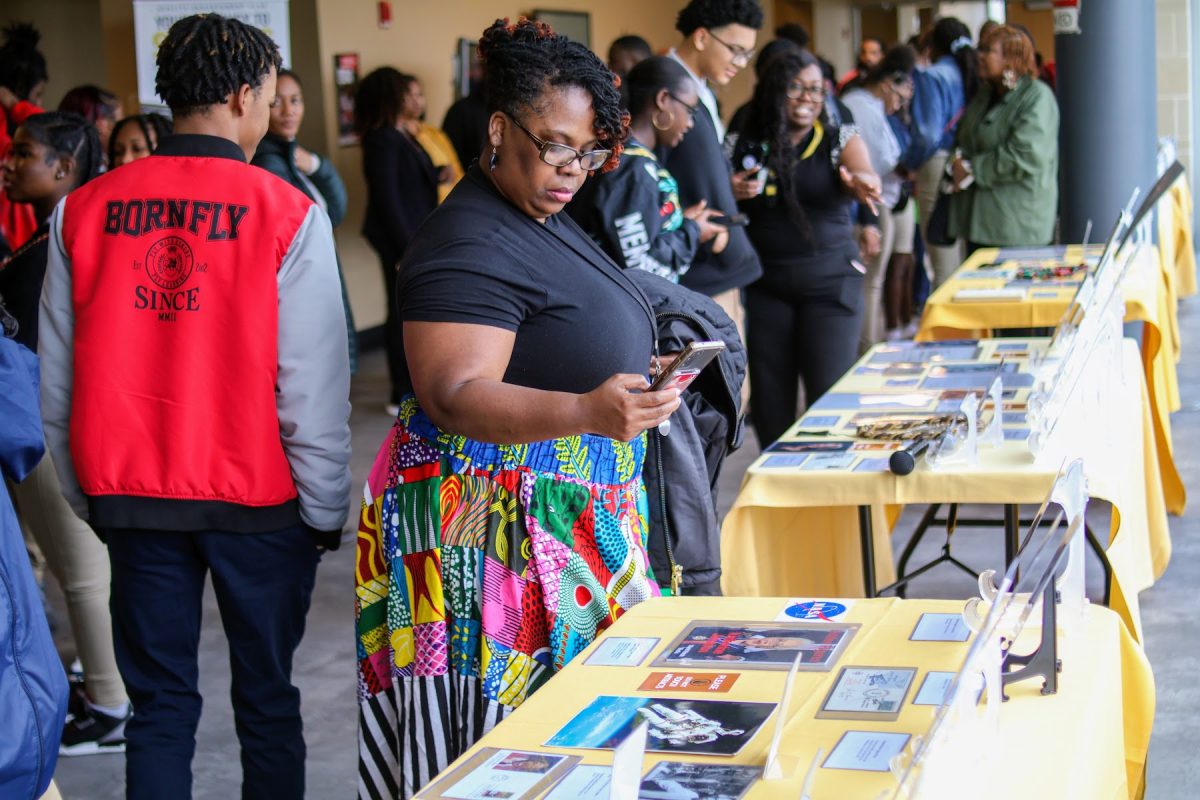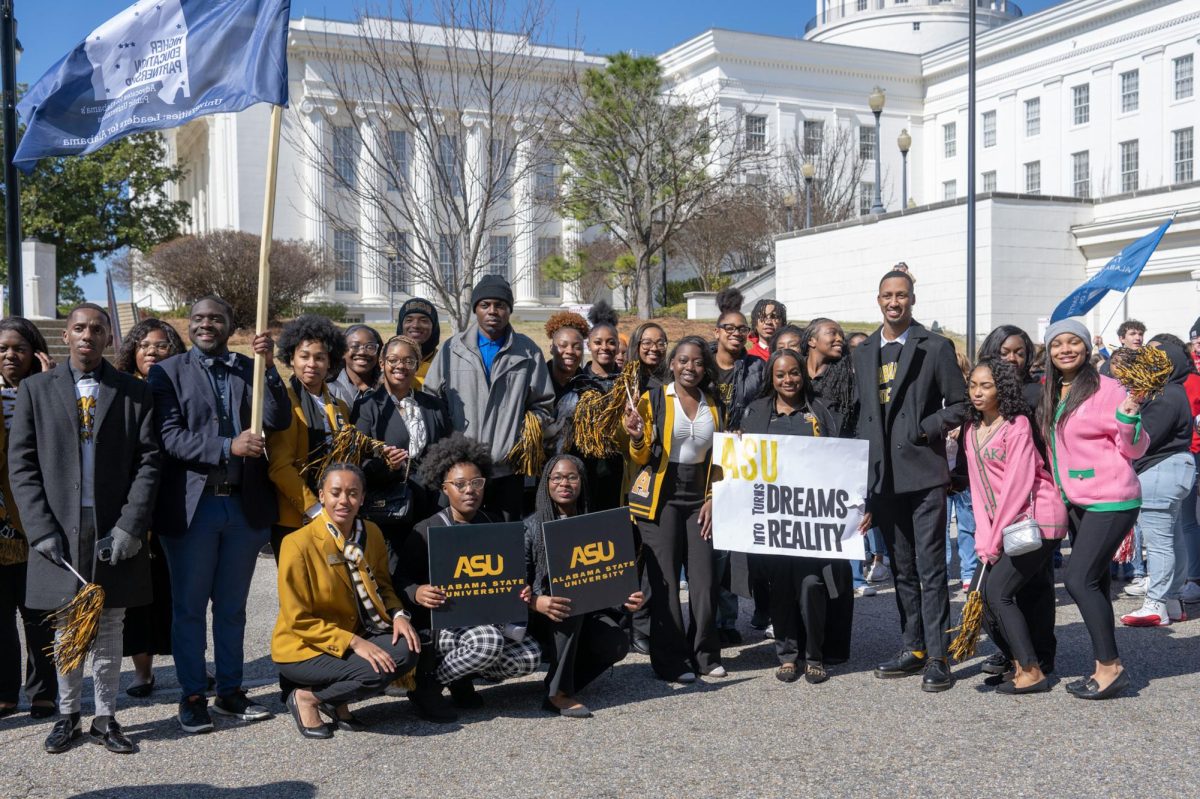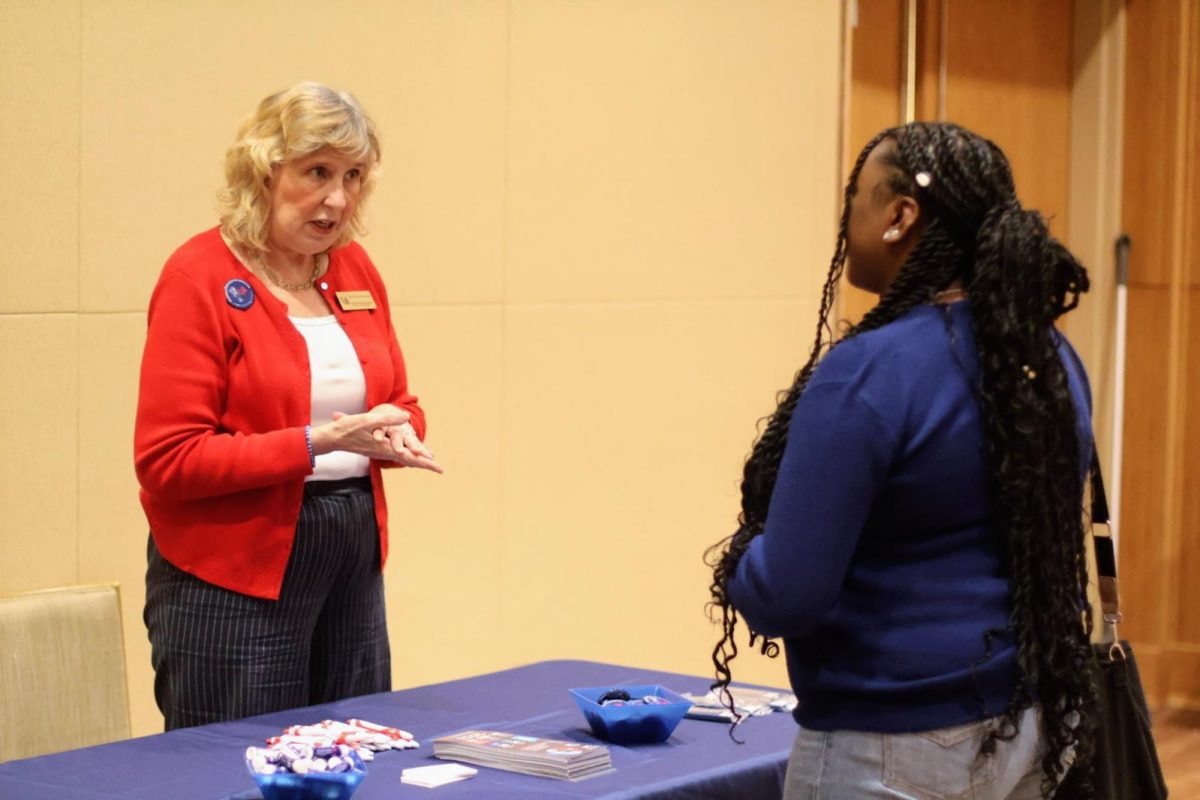Researchers, students and faculty from across the region gathered at Alabama State University in the John Garrick Hardy Center Theater March 12 for the opening day of the Annual Research Frontier Symposium, kicking off two days of scientific exploration and urgent conversations on cancer health disparities.
Hosted by the College of Science, Technology, Engineering and Mathematics (STEM), the symposium welcomed participants from 14 universities across 12 states. The opening sessions highlighted the university’s growing role as a hub for collaborative STEM research and student development.
“This symposium is an annual event to celebrate the hard work of students throughout the year,” said Harvey Hou, professor of forensic science in the STEM program. “It has grown into a regional conference where students not only showcase their research but also learn from peers and experts across institutions.”
This year’s theme, “Publication in STEM Research,” set the tone for discussions on academic advancement and the importance of accessible research platforms. The first day included poster presentations, student talks and keynote sessions centered on science communication and interdisciplinary innovation.
A highlight of the day was a featured address by Manoj K. Mishra, Ph.D., professor of biology and director of the university’s Cancer Research Center. Mishra outlined the center’s mission to eliminate cancer health disparities through education, research and community outreach.
“We aim to build a strong, competitive cancer research program while addressing disparities that disproportionately impact our community,” Mishra said. “Our work spans multiple disciplines and collaborates with institutions across the country.”
Mishra discussed the center’s efforts to train undergraduate and graduate researchers, support junior faculty with pilot grants, and use geographic information systems to identify links between cancer incidence and socioeconomic factors in Alabama’s Black Belt.
“Prostate cancer, in particular, shows significantly higher incidence and mortality in African American men,” Mishra said. “That disparity is driven by poverty, lack of early detection and limited access to care. Our research aims to inform policy and improve outcomes.”
Mishra noted that the center has awarded $40,000 grants to several faculty researchers and provides $25,000 in annual support to students conducting cancer-related studies. Undergraduate research assistantships, mentorship programs and interdisciplinary projects are all part of the broader strategy to expand research capacity at the university.
The symposium also featured a plenary session from Arthur Grossman, senior scientist and professor of biology with affiliations at the Carnegie Institution for Science and Stanford University. Grossman, a member of the National Academy of Sciences, was recognized for his contributions to biological sciences and mentorship in the research community.
Sponsors for the symposium include the university’s Cancer Research Center, the Center for Nanobiotechnology Research, the Cyanobacteria Research Program, and the Laboratory of Chemical Biology and Signal Transduction.
The event will continue Thursday with additional presentations, workshops, and panel discussions focused on research publication strategies and student engagement in STEM disciplines.
“This is more than a symposium,” Hou said. “It is a space for students to grow, connect, and see what is possible in science.”
Categories:
Annual Research Frontier Symposium initiates conversation on cancer health disparities
Denise Ringo, Managing Editor
March 15, 2025
College of Science, Technology, Engineering and Mathematics students displayed their research projects during the annual Research Frontier Symposium. These displays lasted for two days in which faculty could ask questions.
Story continues below advertisement
0
More to Discover


